By Kim Kovel
We were invited to join a trip to see design in Mexico City that concluded with a day at their annual art and design fair, MACO. We’d never done a group tour before but found it to be a worthwhile experience. As collectors, you know it’s fun to be around those who share your interests. Plus, the trip included an expert on Mexican art, crafts and history.
We stopped at some of the many museums that are well worth a visit, glimpsed some spectacular private residences and experienced incredibly welcoming Mexican hospitality. Every private house visit included tequila and appetizers. Plus, we were invited to wander around the houses. Occasionally, people ask to see our house. We now realize we aren’t the best hosts, preferring to keep people in groups and our food choices limited to brownies or cookies.
Included in the jam-packed tour were several architecturally important houses open to the public that were restored with their original furnishings when possible. Noteworthy was the Luis Barragán house. He is Mexico’s most famous architect and the second architect to win the Pritzker Architecture Prize. (The Pritzker prize is the most coveted in architecture, awarded annually to a living architect(s) for significant achievement.) Barragán pioneered clean structural lines and the bold use of color in the 1930s and ‘40s. He also designed furniture. The famous Barragán and Clara Porset chair, “Butaca,” was seen in his house and has been reproduced by many. Per the trip’s expert, it is extremely difficult to tell originals from reproductions.
Barragán also used reflective spheres to make a room look larger (like adding mirrors) and allow you to see all corners of the room at once. This was carried over into the reflective lamp bases as well. The Mexican modernist mercury glass spheres and lamps were made in the 1930s in Tlaquepaque, Mexico, and sold to tourists. Adjacent to the Barragán house is Archivo Diseño y Arquitectura, the only design museum in Mexico. It is a working museum, allowing students to handle many of the everyday objects of worldwide design. It contains examples of chairs, lights, household items, shoes, toys and electronics.
You can’t go on a design trip to Mexico City without stopping at the homes of the famous painters Diego Rivera and Frida Kahlo. Built in the 1930’s, they were the first modernist houses built in Mexico, constructed as a demonstration of affordable housing built using local resources and workmanship. Notice the simple structures and the exposed wires. The property is across the street from the renowned San Angel Inn, where the best margaritas and chicken mole in Mexico is served.
We ended the trip at the MACO, Mexico’s premier art fair, full of contemporary art and design from dealers around the world. Most unusual to us were the tequila stands available at every turn. On display was an interesting collection of sterling silver tequila decanters designed for 1800 Colección tequila. Colección is only produced and released in the finest years of production and is one of the rarest tequilas in the world. Every edition of the añejo (extra aged) tequila is sold with one of the renowned artist-designed decanters.
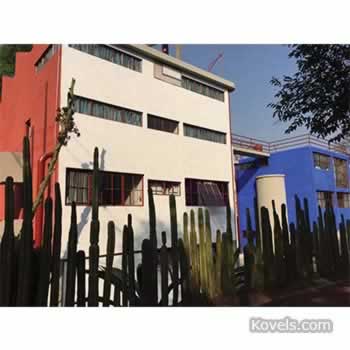
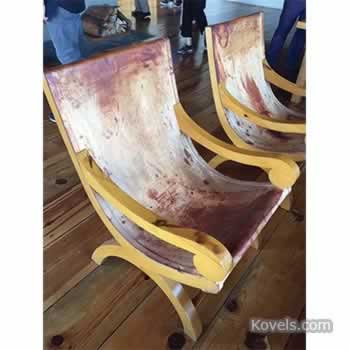
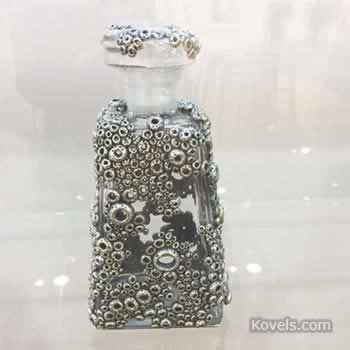
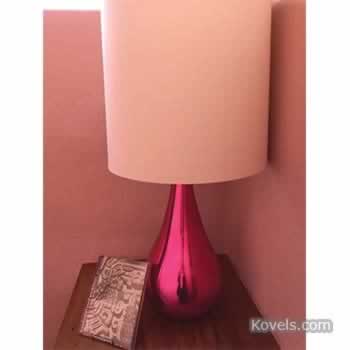
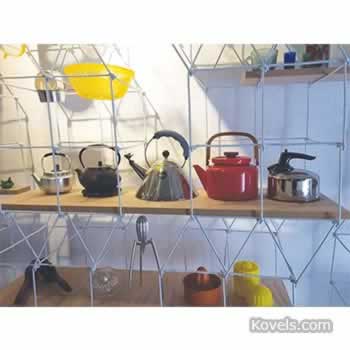




Leave a Reply
You must be logged in to post a comment.